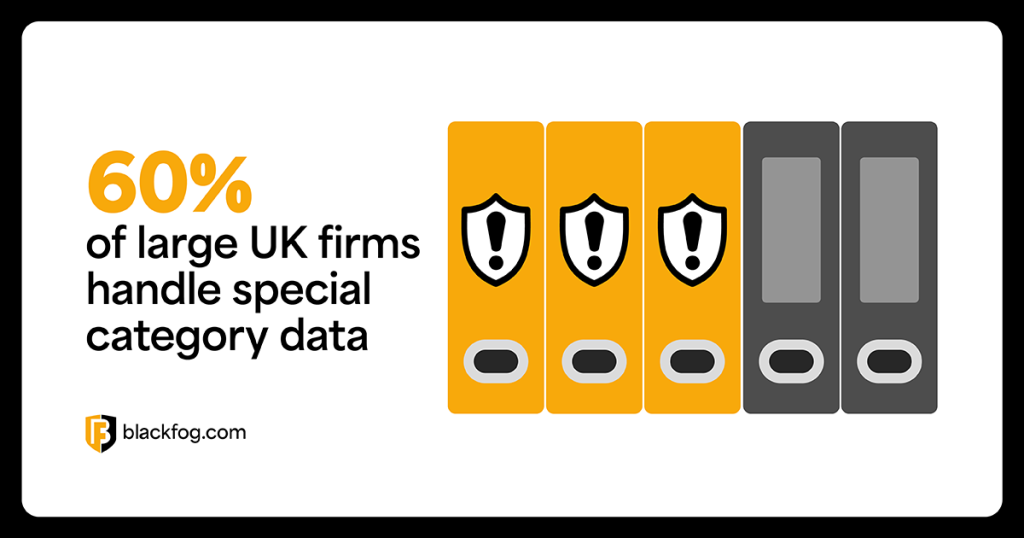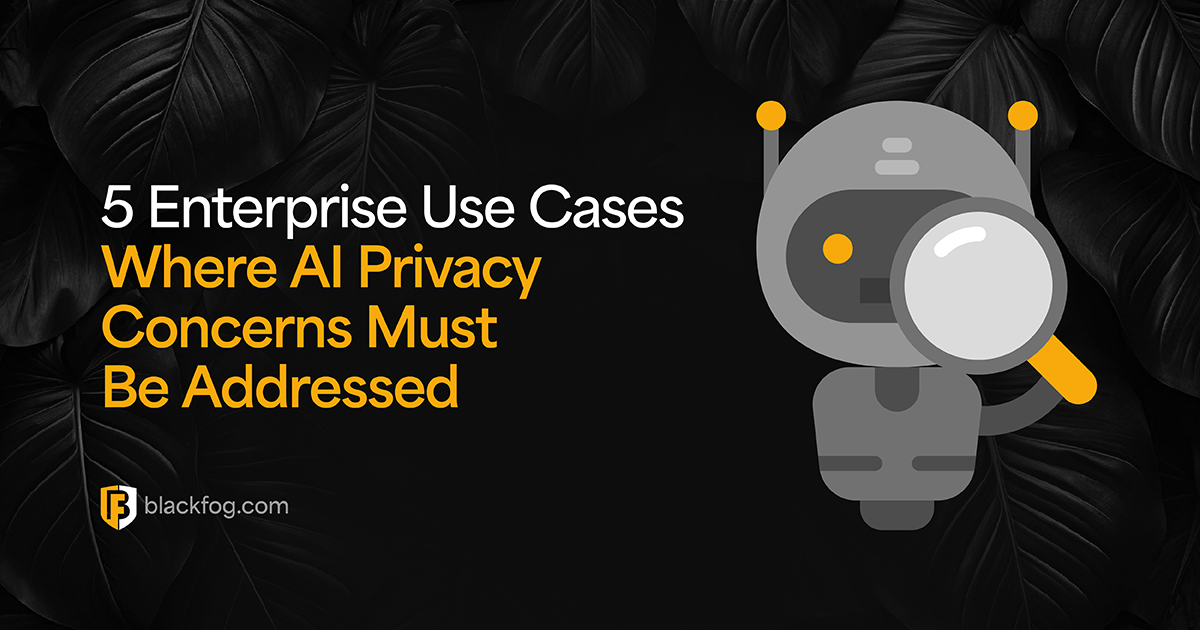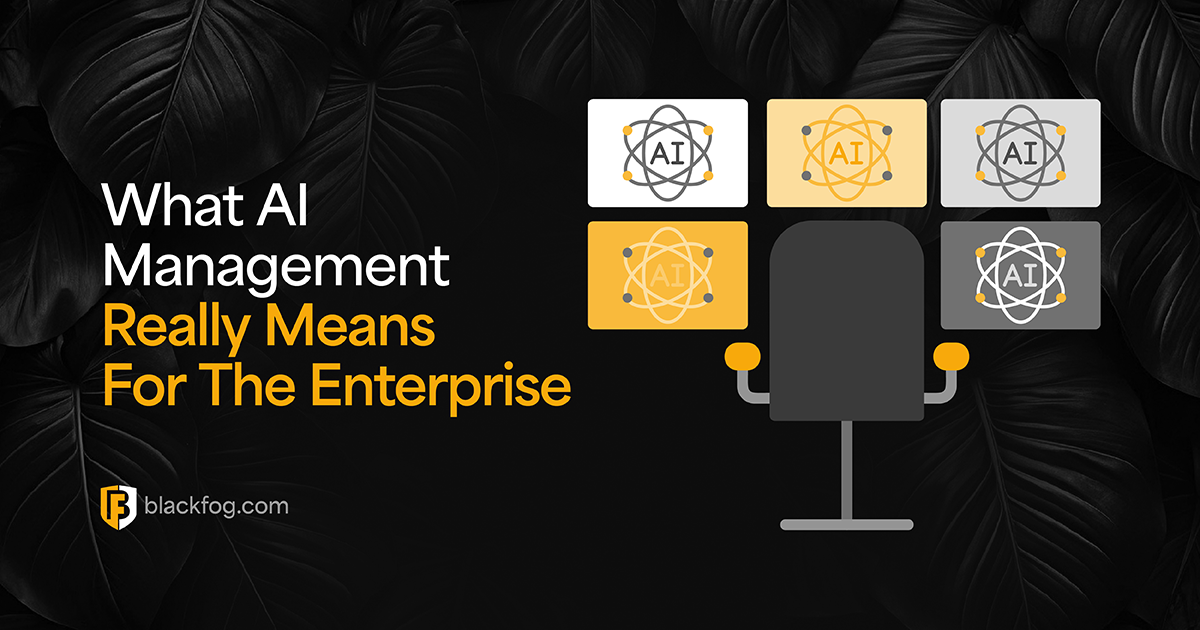
Data Classification: A Practical Guide to Protecting What Matters Most
Businesses today hold more data than ever before, from customer details and financial records to everyday emails and reports. While this information drives growth and better decisions, it also creates major challenges when it comes to keeping it secure.
Not all data carries the same level of risk, but with volumes so high, it can be difficult to separate what needs the strongest protection from what does not. Without clear oversight, sensitive details can be exposed or mishandled. This is where an effective data classification strategy comes in. This helps companies understand exactly what information they have and what should be prioritized for protection as part of a wider data risk management program.
What is Data Classification and Why Does it Matter?
Data classification is the process of sorting information into categories based on how sensitive or valuable it is. Doing this gives businesses a clear picture of what details they hold, how risky each type is and what level of protection it needs. This is therefore an essential part of any data risk assessment.
It matters because not all data carries the same risk. A public press release is very different from customer payment details or confidential business contracts. Without proper classification, firms may waste time and money on efforts that overprotect low-risk data while leaving critical information exposed.
Segmenting data into clear categories helps businesses:
- Apply the right security controls to the most sensitive data
- Limit who can access certain information
- Respond faster if high-risk data is breached or stolen
- Prove to regulators that they take privacy seriously and follow laws like GDPR
A good data classification framework ensures resources are used wisely and that security efforts focus where they matter most.
Types of Data and Levels of Sensitivity

Data should be divided into key categories based on how sensitive it is and the harm it could cause if exposed through security weaknesses. There are several ways this can be done, with data classification standards such as NIST 800-53 and ISO 27001 offering useful frameworks to follow.
However, many firms use four basic levels of classification to segment their data. Understanding these helps apply the right level of protection to each type. They are as follows:
- Public: Information safe to share openly, such as press releases, published reports or marketing materials.
- Private: Described as ‘internal’ in some systems, this refers to data meant for use inside the company only, like team emails, internal memos or project notes, but that is not considered especially reputationally harmful or financially damaging if exposed.
- Confidential: This is more sensitive data that could cause harm if leaked. It typically includes contracts, financial records and employee files.
- Restricted: The most important and valuable data. It covers regulated information and is highly private, such as customer payment details, medical records, personal identification numbers and trade secrets. Access to this should be tightly controlled and heavily monitored.
Businesses must be aware of what data will require specific protection under relevant regulations. GDPR, for example, defines certain information as ‘special category’ data, which needs extra care due its highly personal nature. This includes information revealing race, health details, religious beliefs, sexual orientation or political opinions.
According to the UK government, 60 percent of large organizations in the country handle special category data, compared with 15 percent of small firms. Companies must have clear legal grounds for collecting this information and must protect it with strong security measures to avoid fines.
How to Perform Effective Data Classification
A good data classification security policy is not just about labeling files. It requires a structured plan to find, categorize and protect information as your business grows. A clear process ensures that sensitive data stays secure and that privacy laws like GDPR are met. Follow these steps to get it right:
1. Identify and map all data: Locate all data stored in emails, cloud apps, databases, backups and personally-owned devices. Tools like data discovery software can help find forgotten or hidden files.
2. Define classification levels: Choose simple categories that match business needs and ensure these are described in plain terms that all employees can understand.
3. Set security rules: Each level of classification should have a clearly defined set of security rules. This should outline essential protections such as encryption levels and what access restrictions are needed.
4. Tag and label data: Adding tags or metadata to files enables automated tools to apply the relevant rules, reducing the level of manual effort required.
5. Educate employees: Train staff on critical data handling practice. This should spell out what devices they may use and who they are permitted to share information with. This can help avoid data security threats such as business email compromise and social engineering that can trick people into handing over confidential data.
6. Review and update regularly: Schedule regular checks to keep up with new file types or changing risks. Audits and automated scans can be used to catch mistakes early.
Common Challenges and How to Overcome Them
Even a good data classification plan can run into problems if not managed carefully. Knowing what to watch for helps keep the process effective and simple to follow.
- Outdated tags: Data changes quickly. Run regular audits and use tools that update tags automatically.
- Manual processes: Human classification not only slows things down, but can result in errors slipping through. Use automation to scan files and apply rules where possible.
- Shadow data: Untracked files can slip through, especially those held on unapproved consumer cloud services or employee-owned devices. Combine classification with regular data discovery to find hidden data.
- Lack of awareness: Employees may ignore or not even be aware of different rules for handling data at each level. Train teams often and include examples of good and bad practices.
Tackling these issues ensures classification stays accurate and supports strong data protection as part of a comprehensive security strategy.
Share This Story, Choose Your Platform!
Related Posts
The State of Ransomware 2025
BlackFog's state of ransomware 2025 report measures publicly disclosed and non-disclosed attacks globally.
The State of Ransomware: December 2025
BlackFog's state of ransomware December 2025 measures publicly disclosed and non-disclosed attacks globally.
AI Data Exfiltration: The Next Frontier Of Cybercrime
How are cybercriminals using AI data exfiltration to enhance their ransomware attacks and what must businesses do to counter these threats?
5 Enterprise Use Cases Where AI Privacy Concerns Must Be Addressed
AI privacy concerns are rising with AI adoption - five use cases highlight the key issues businesses must consider.
What AI Management Really Means For The Enterprise
Ongoing AI management is essential in maintaining compliance in a challenging environment. Here's what businesses need to consider.
AI Security Risks Every Business Must Know About
AI Security Risks are growing as AI embeds in business. What key threats must firms address to stay compliant with data regulations?






